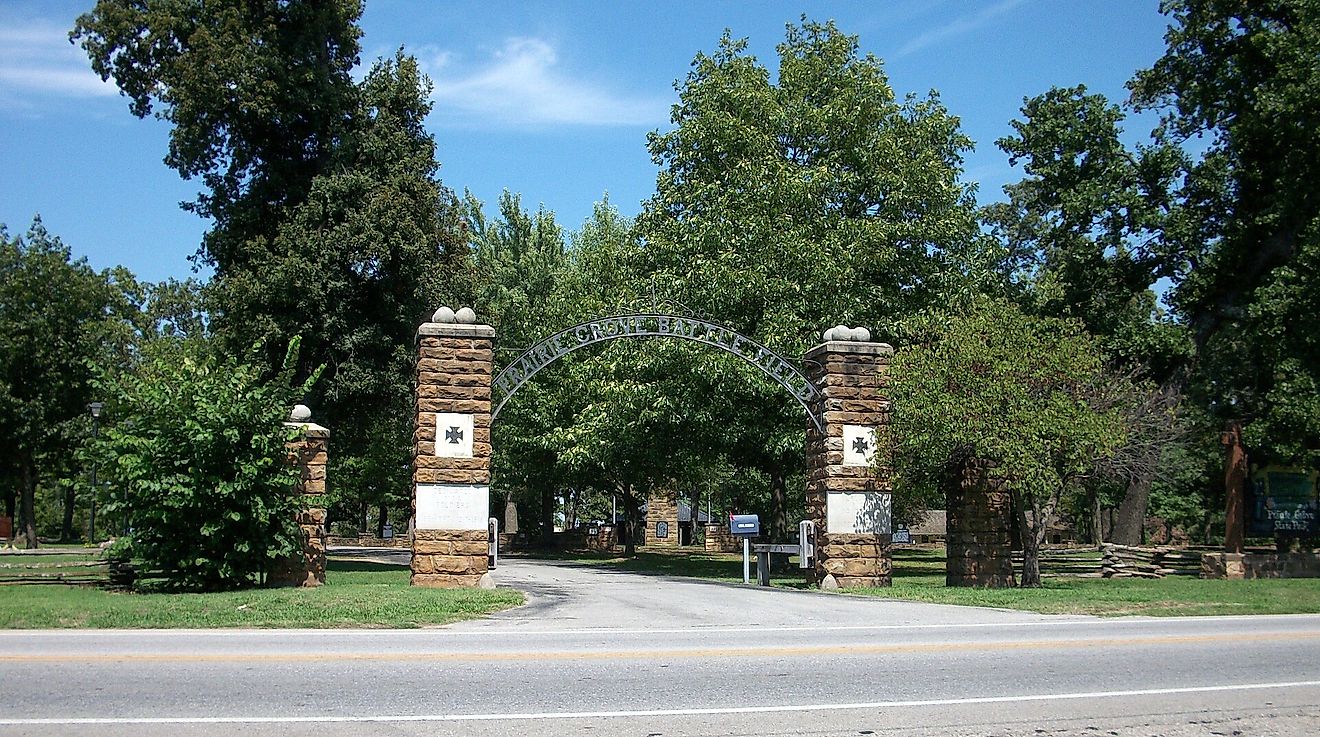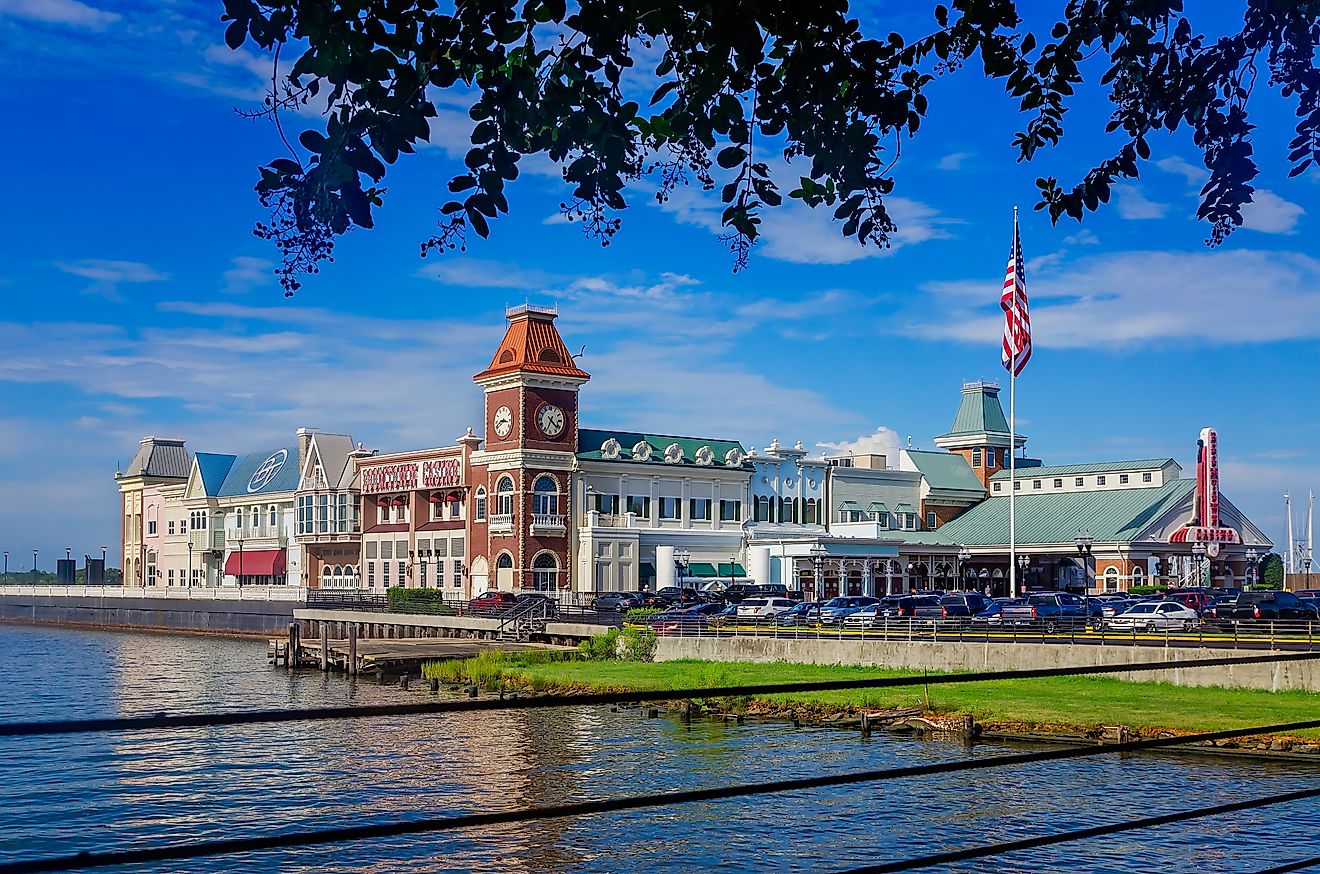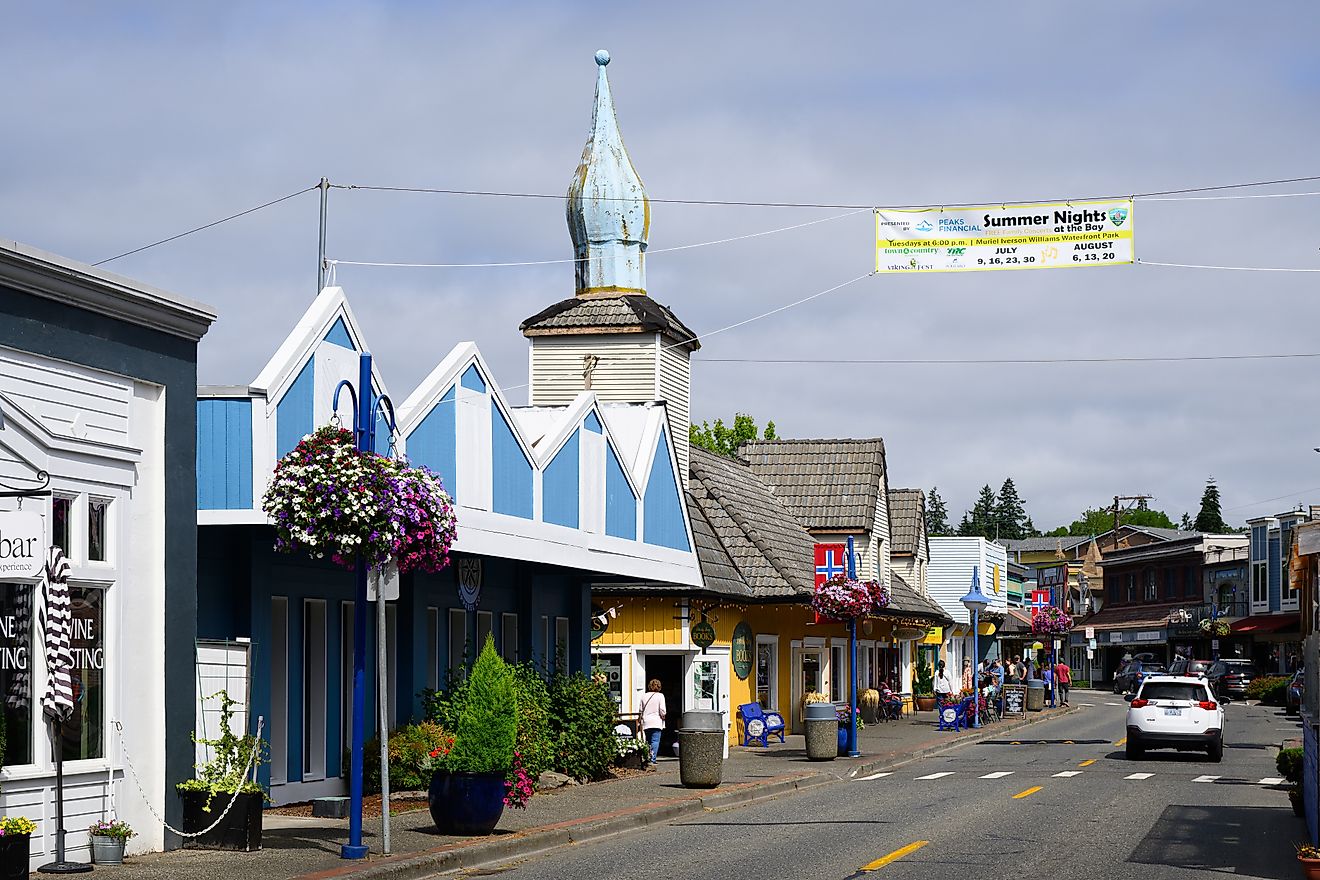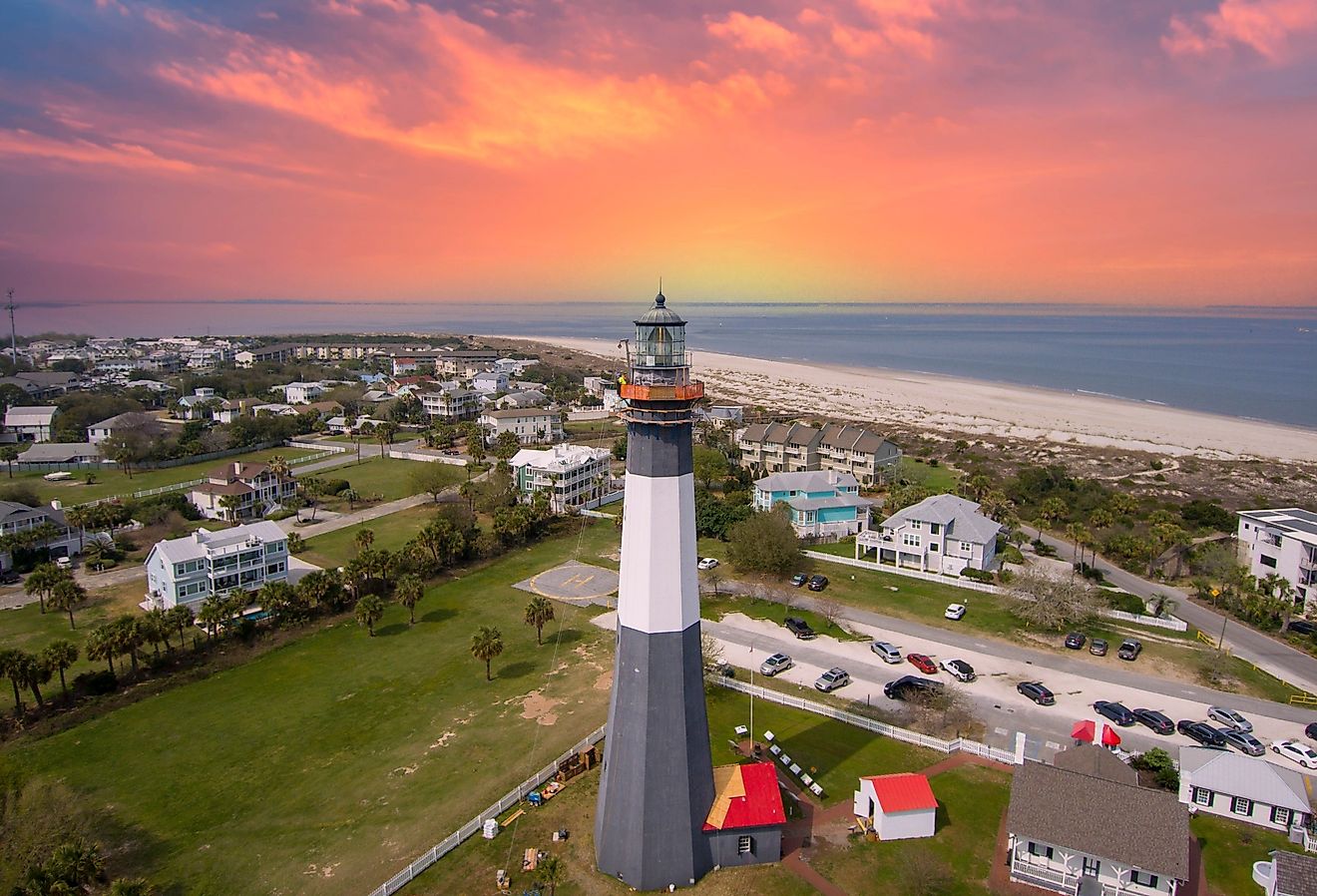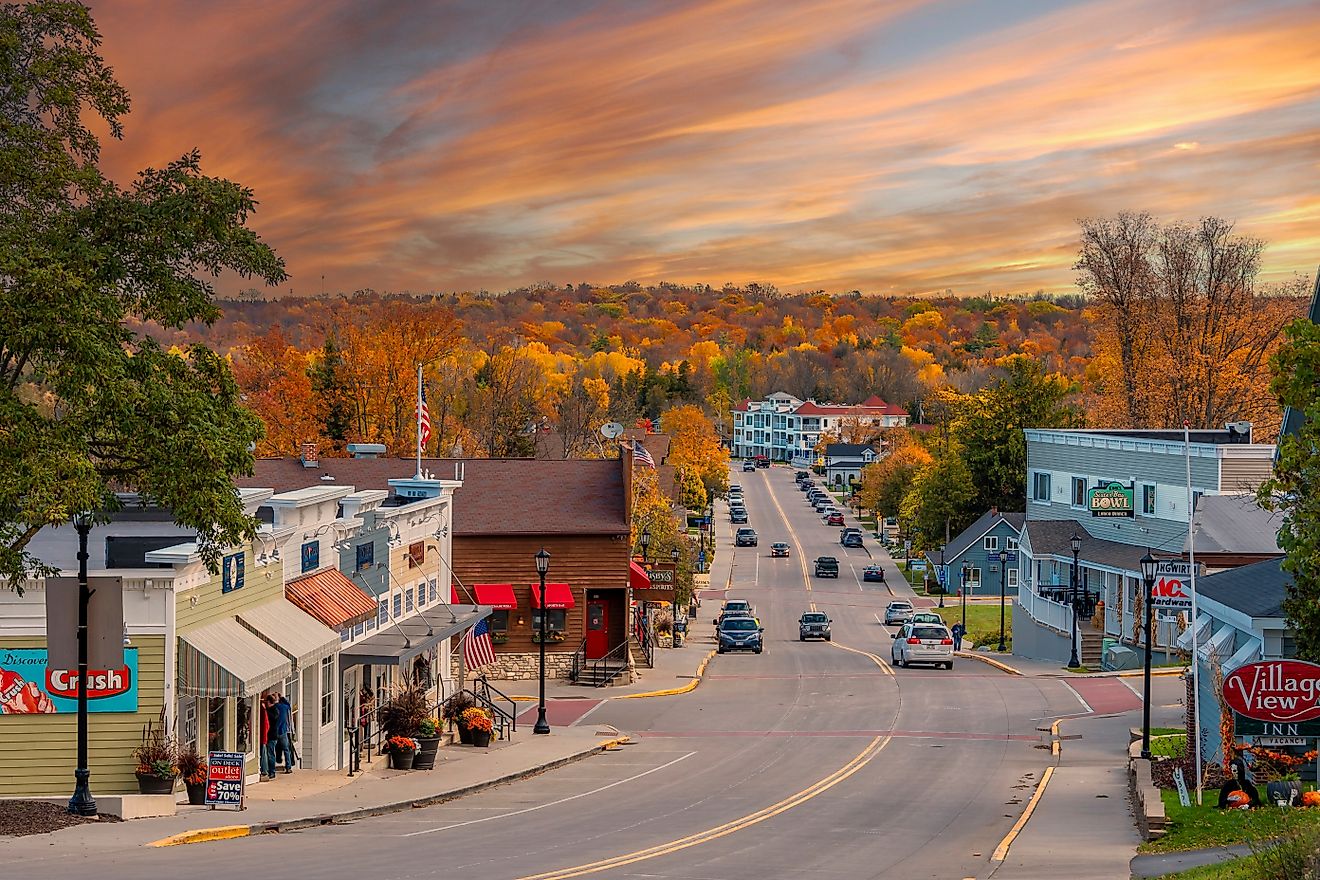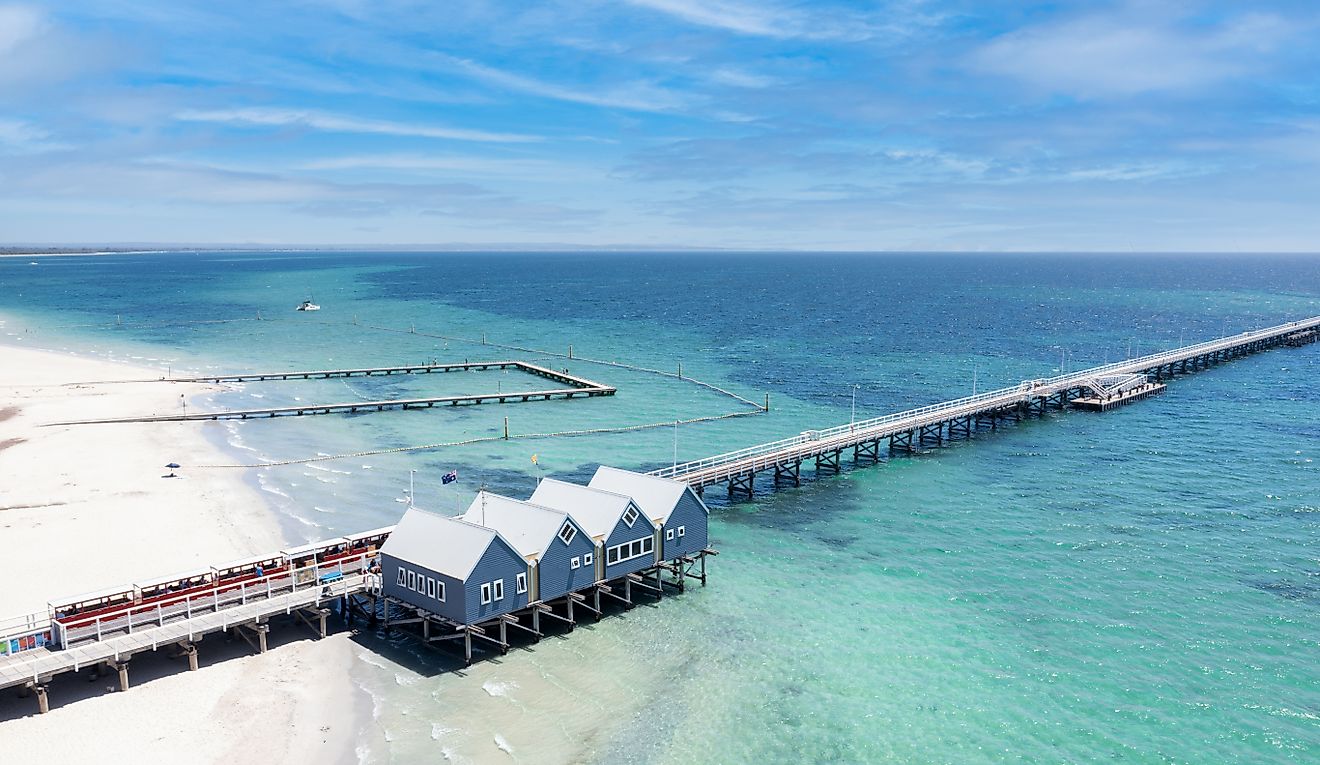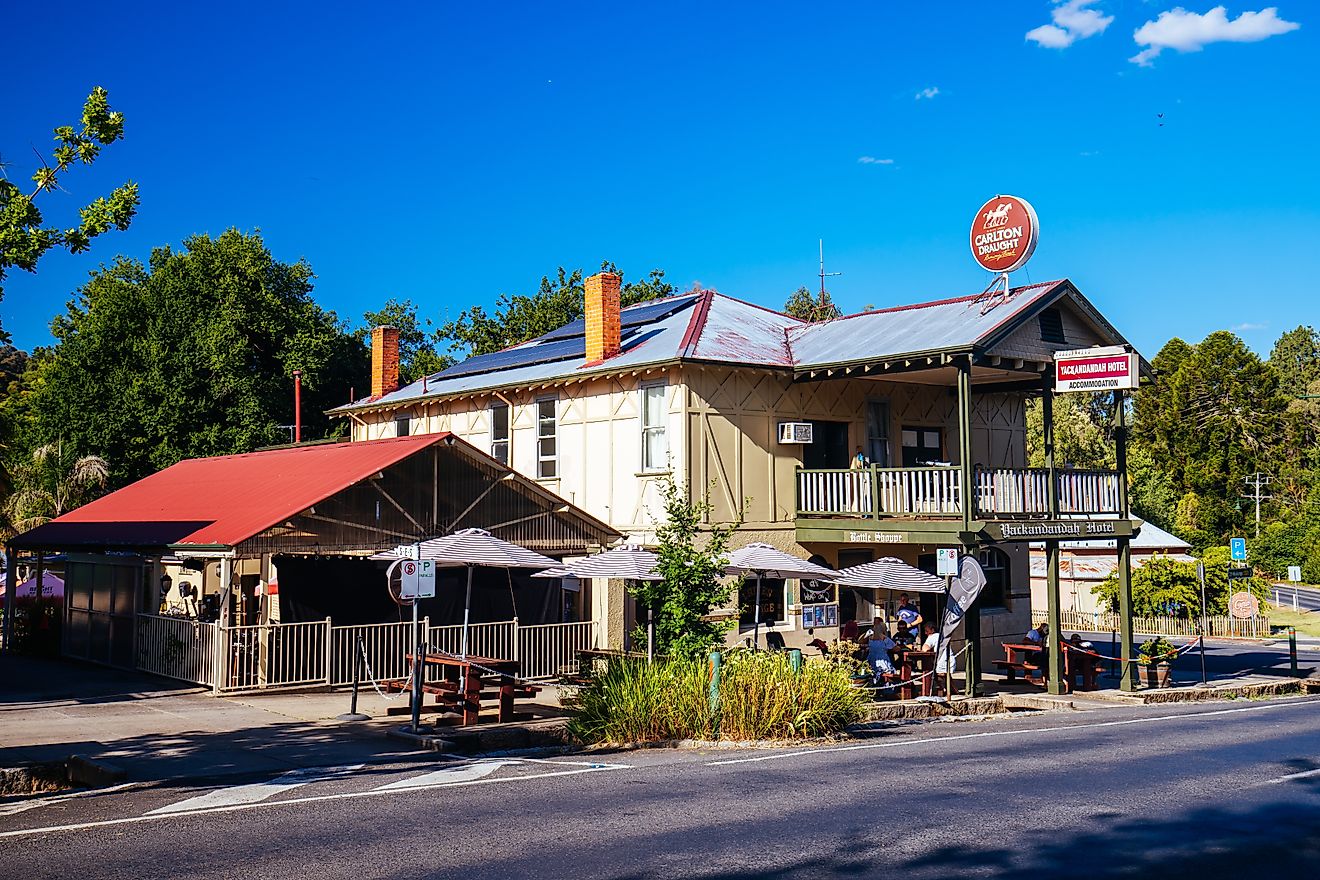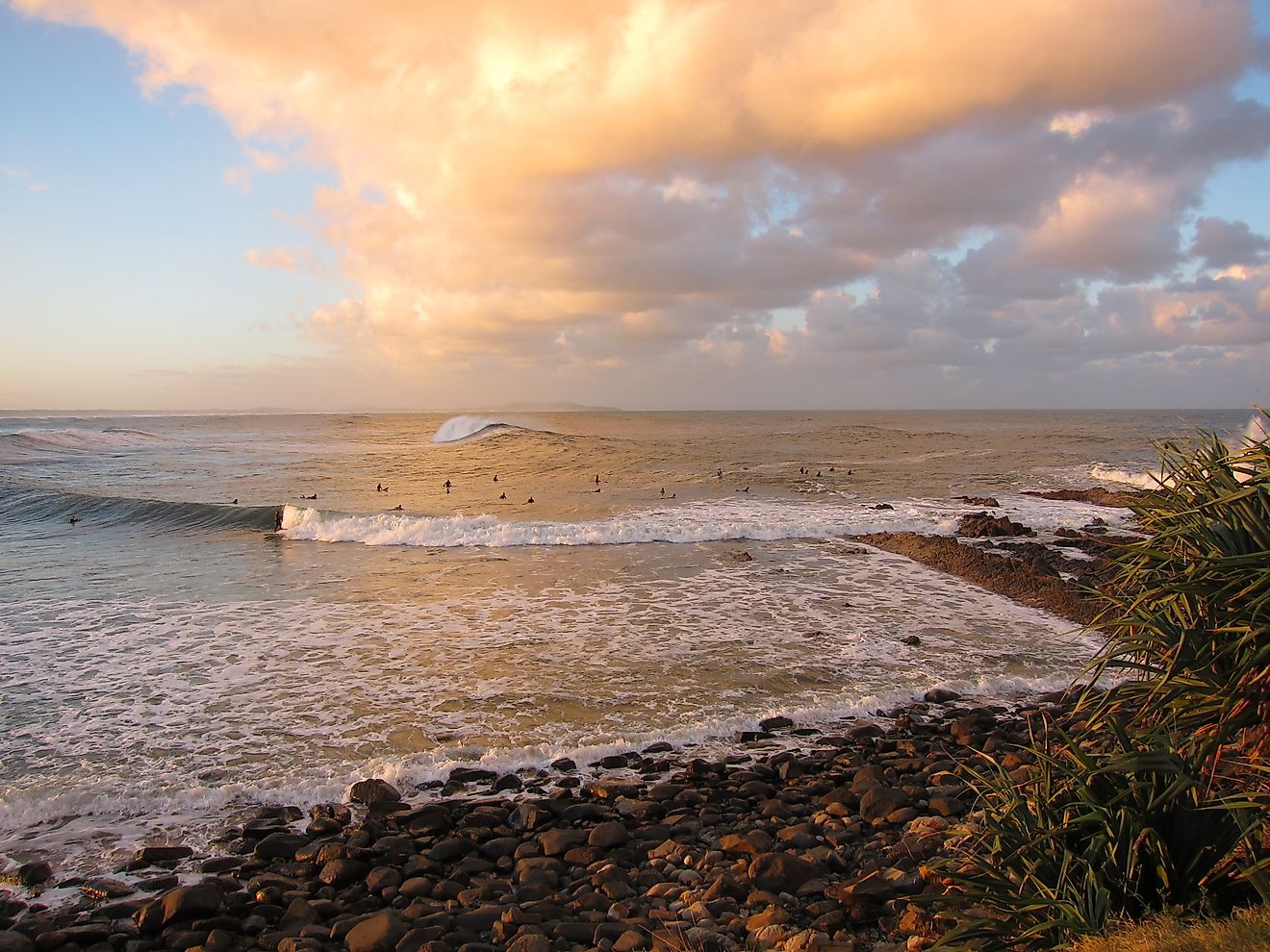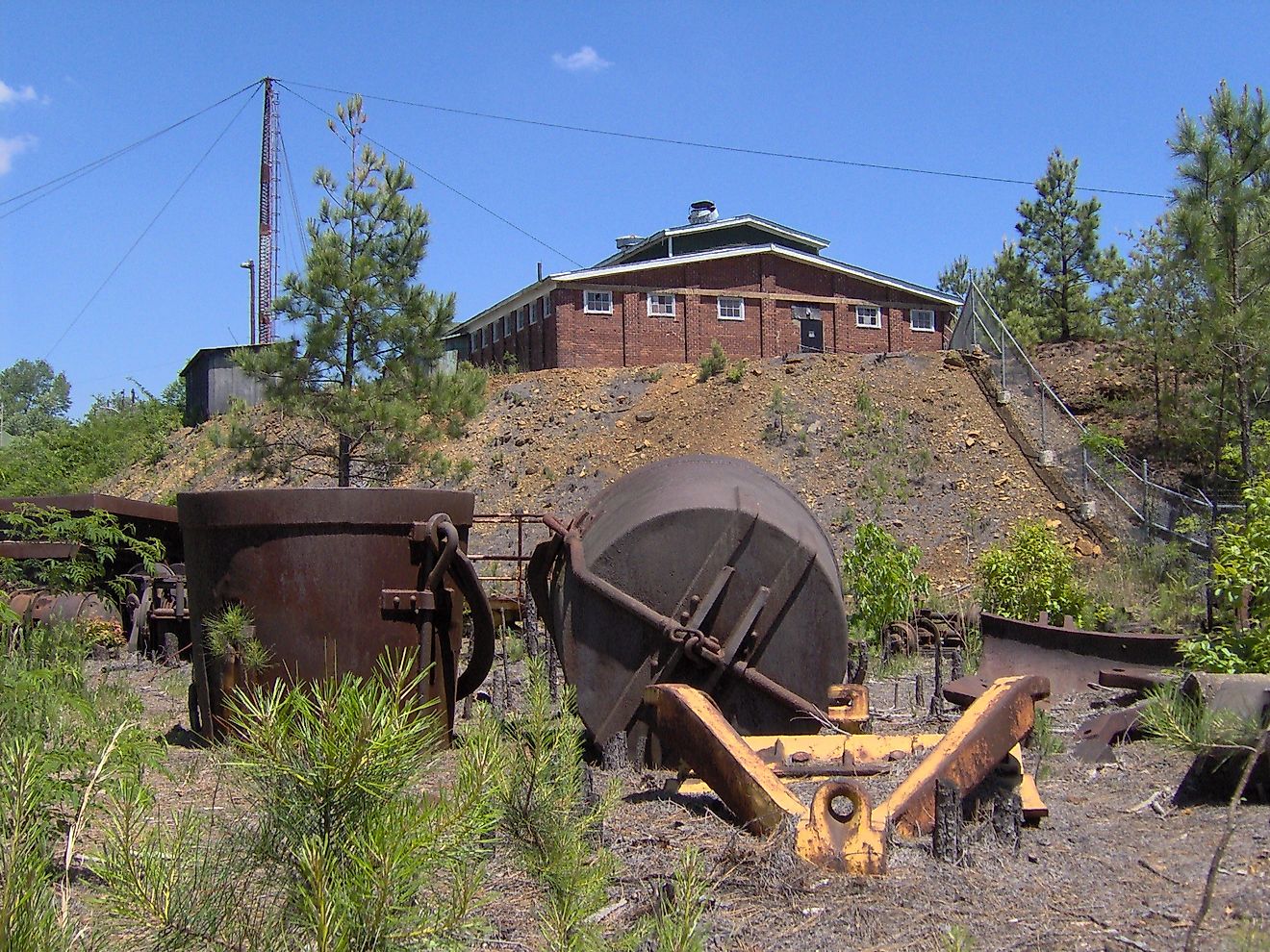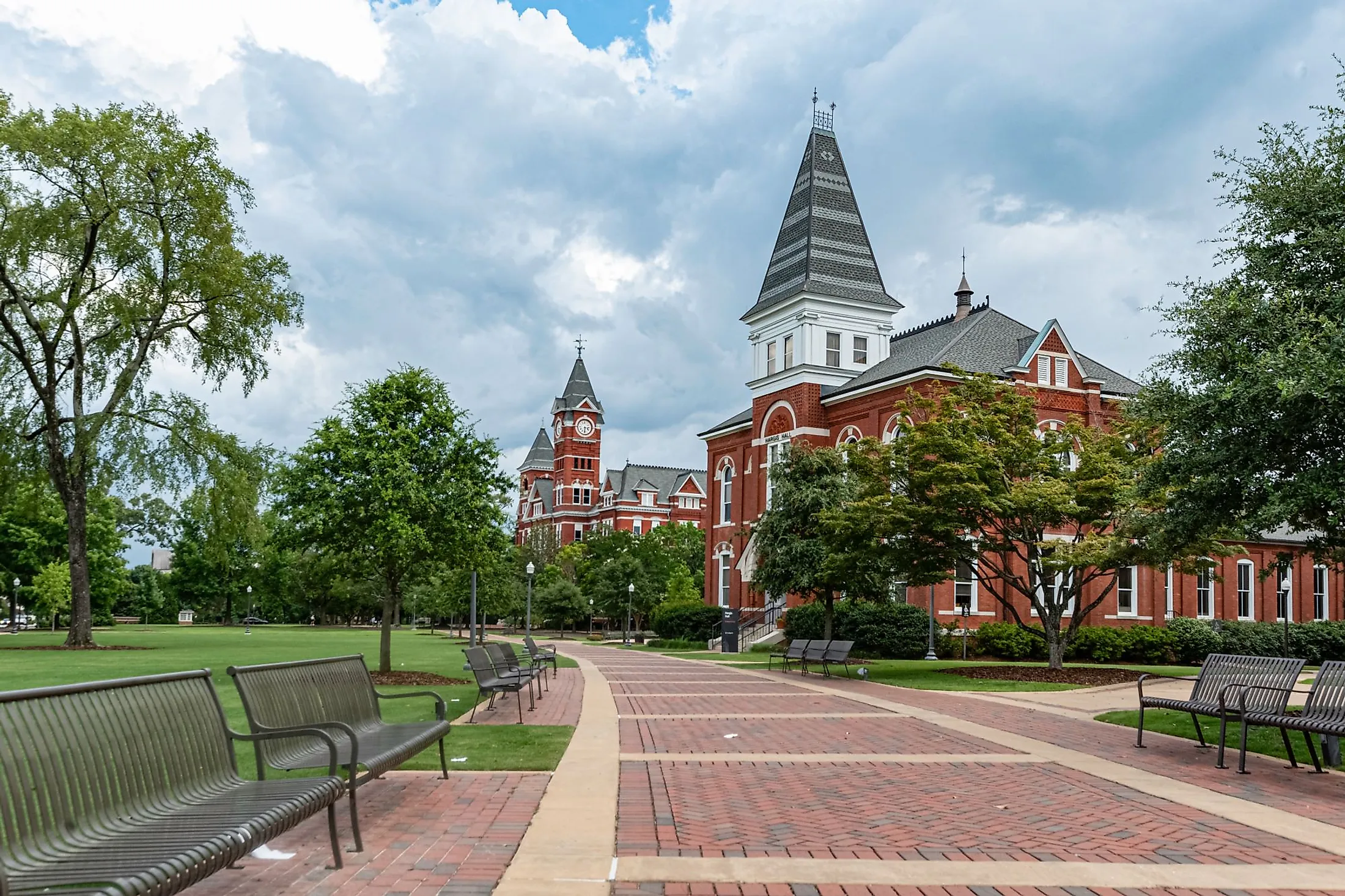
Auburn, Alabama
Auburn is a big city situated in Lee County in the eastern portion of the US State of Alabama. Being the biggest city in eastern Alabama, this historic college town is also known as the home of Auburn University. Moreover, it is the state's fastest-growing metro region and the main city of the Auburn-Opelika Metropolitan Area. The city of Auburn, established in 1836 and incorporated three years later, gets its name from a line in Oliver Goldsmith's poem "The Deserted Village," which reads, "Sweet Auburn, the loveliest village of the plain." A wide range of historical landmarks, museums, performing arts venues, and recreational amenities may be found in Auburn, making it an ideal place for locals and visitors.
Geography Of Auburn
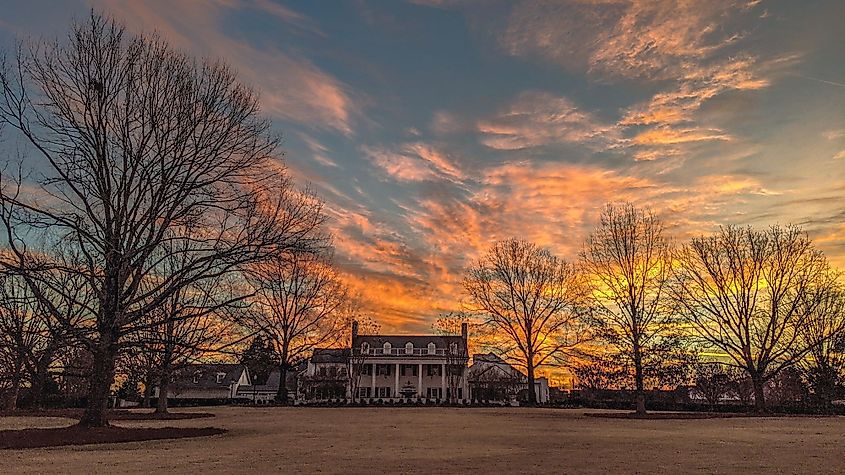
Auburn is situated in western Lee County at the intersection of the Piedmont Plateau and the coastal plain. It is bordered bordered to the northeast by Opelika, to the north by Chambers County, and extends southward to reach the boundary of Macon County. The city covers a total area of 160.77 sq.km, of which 158.09 sq.km is occupied by land and 2.67 sq.km is covered by water. The city is placed roughly 105 miles southwest of Atlanta, Georgia, about 55 miles east of Montgomery, Alabama, and 35 miles west of Columbus, Georgia. It takes less than four hours to go from Auburn to the Gulf of Mexico, one of the world's most popular holiday destinations.
The final foothills of the Appalachian Mountains are in Chewacla State Park in southern Auburn, where the southernmost exposure of rocks from the Appalachian orogeny can be found. These distinct physical environments have contributed to Auburn's incredibly diverse geology. This makes it clear why Auburn was dubbed the "Tree City" in 1984 with its undulating hills and profusion of trees. Although the majority of the city is located in the Tallapoosa River watershed, Auburn is located close to the boundary between the Chattahoochee and Tallapoosa River watersheds. Three major creek systems drain Auburn: the Saugahatchee Creek system in the north, the Chewacla/Opintlocco Creek system in the south, and Sandy Creek in the northernmost parts of the city.
Climate Of Auburn
According to the Köppen Climate Classification, Auburn experiences a humid subtropical climate, with mild winters and long, hot, wet summers. Although there is a definite dry season in the late summer and early fall, the city receives on average, 52.6 inches of rainfall per year—because of its proximity to the Gulf of Mexico. With an average snowfall of 0.7 inches, winters are relatively mild, but more than three-quarters of all seasons are devoid of any detectable snowfall. On the other hand, summers are lengthy, sweltering, and humid, with 57 days having highs of at least 90°F.
History Of Auburn
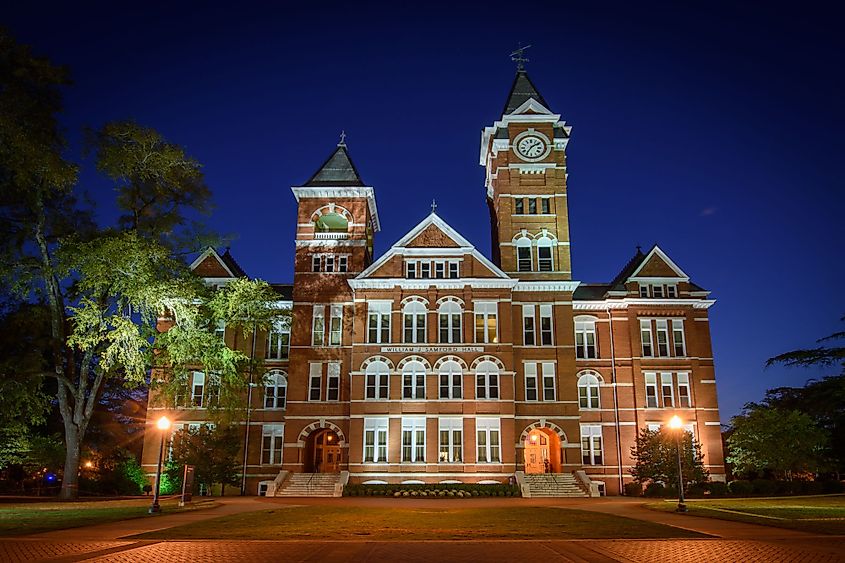
The present-day Auburn area was formerly used by the Creeks as a campground. In the winter of 1836, the first immigrants from Georgia's Harris County arrived under the leadership of Judge John J. Harper. Since many of them were Methodists, the Auburn United Methodist Church, was founded in their first year. East Alabama Male College, which provided a classical and liberal education, was established in 1859 after being founded by the state legislature in 1856 with Methodist backing and authority. Around 500 of Auburn's estimated 1,000 residents in 1860 were students. The Auburn region's economy was destroyed by the Civil War, and a long depression followed. As the Methodist Church was unable to keep up the institute, it was given to the state, which renamed it Agricultural & Mechanical College of Alabama, subsequently becoming known as Alabama Polytechnic Institute. In 1960, the facility changed its name to Auburn University.
Population And Economy Of Auburn
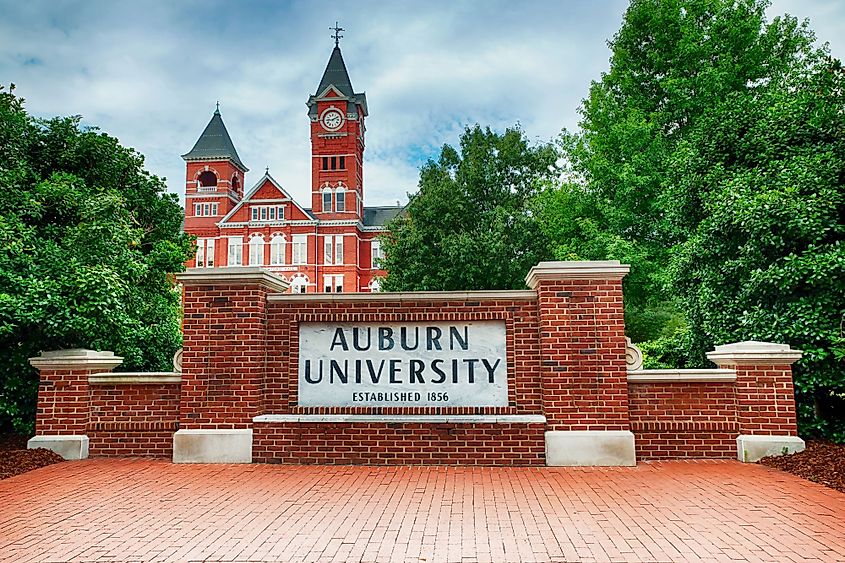
As per the latest US Census, Auburn has a population of 76,143 residents, where 50.6% are females and 49.4% are males. The top ethnic groups in the city include: White at 63.21%, African American at 18.29%, Native American at 0.17%, Asian at 9.71%, Pacific Islander ar 0.04%, Other races at 3.82%, and Hispanic at 4.75%. English is spoken by 88.5% of the population, while the rest speak Asian and Pacific Islander languages (6.4%), Spanish (2.7%), Indo-European languages (1.7%), and other foreign languages (0.7%). The employment rate in Auburn is 57% with a poverty rate of 24.8%. The homeownership rate is 48.2%, where the median gross rental cost is $887 per month, with a median household income of $49,028. Moreover, over the past year, the job market in Auburn has increased by 2.3%. In comparison to the US average of 33.5%, future job growth is expected to be 39.1% during the next decade.
Attractions In Auburn
Chewacla State Park
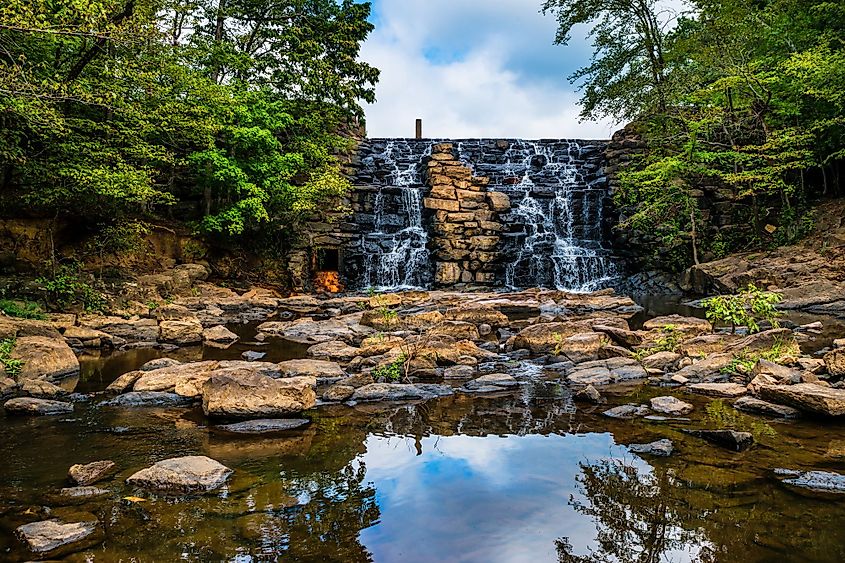
The Chewacla State Park, which spans 696 acres, offers something for everyone. A 26-acre lake, a swimming area, a campground, a playground, a picnic area with a grill and a shelter, mountain biking trails, and hiking are all available. Six stone cottages in the park may be rented year-round if one wishes to spend the night there. Alternatively, one can also set up a tent in one of the various locations the park has to offer. The lake is teeming with crappie, bass, and bream if one wants to enjoy fishing. The whole family can enjoy so much of what this beautiful park has to offer.
Jordan-Hare Stadium
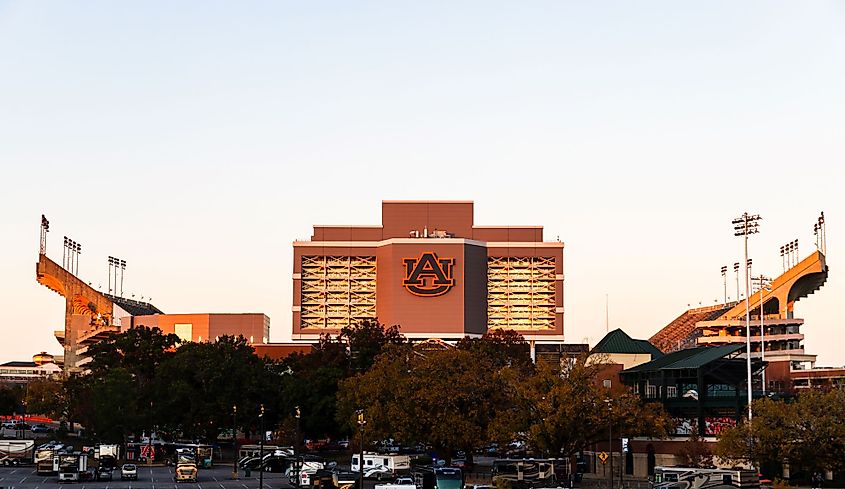
The Auburn Tigers football team plays their matches in Jordan-Hare stadium, which is filled to capacity with the noise of more than 80,000 people chanting the name of their team. Over 75,000 season tickets have been sold for every season for the previous 18 years, demonstrating how much the Auburn community loves their team.

